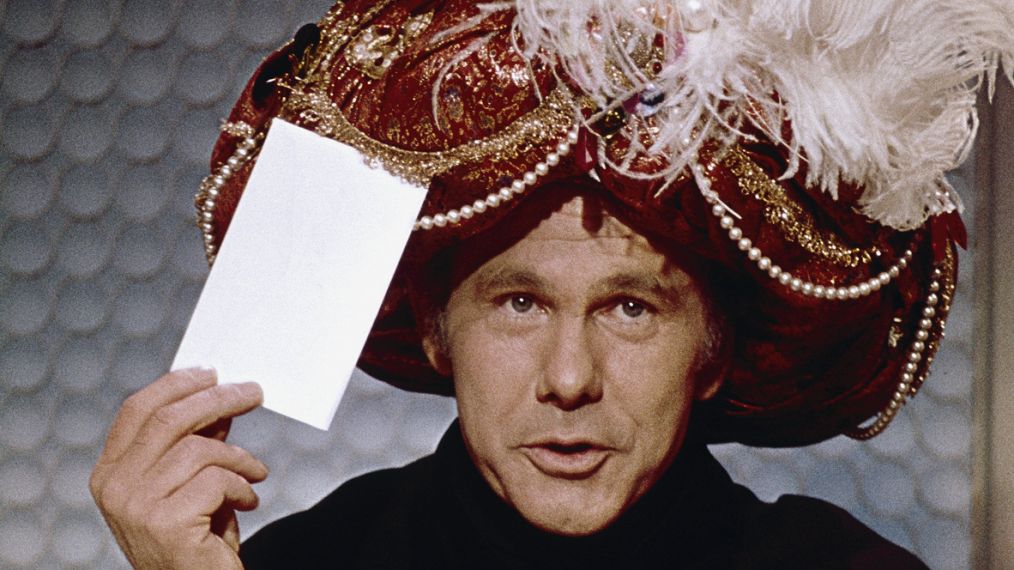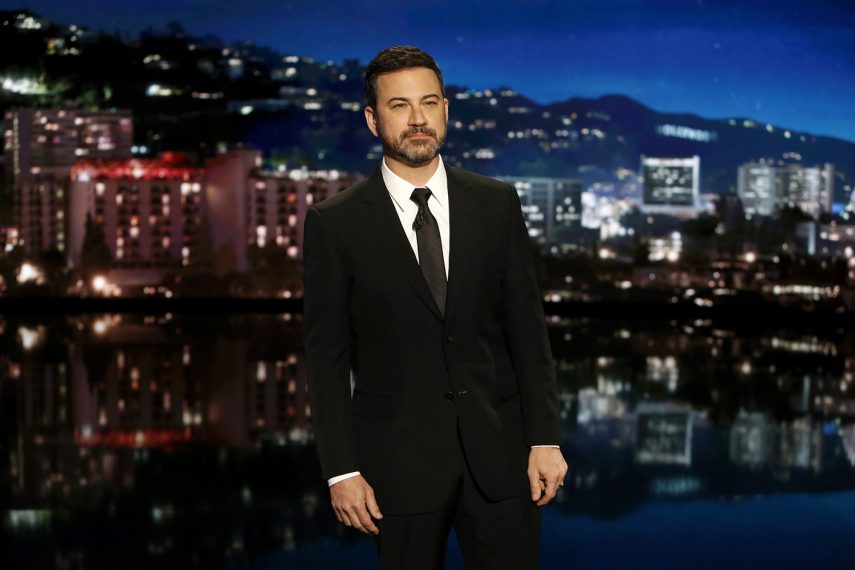TVN’S
FRONT OFFICE BY MARY COLLINS
November, 20, 2017
BIA Kelsey’s Tom Buono
and Mark Fratrik discuss several areas that they believe offer near-term
opportunities for TV stations, including strong economic conditions, growing
online/digital advertising, social media and cross-platform advertising,
political advertising, ATSC 3.0 and more.
It
almost goes without saying that TV stations are continually challenged in their
efforts to increase their share of the total advertising spending pie. A few
weeks ago, MFM offered its members a local advertising update courtesy of
BIA/Kelsey’s Tom Buono and Mark Fratrik. In addition to going over anticipated
ad spend by media category, they identified what they see as areas of
opportunity for TV station ad dollars.
Chief
among these are the prospects for cross-platform and addressable advertising
opportunities enabled by upgrading to the ATSC 3.0 broadcast standard.
BIA/Kelsey predicts this could boost local station ad revenue from a compound
annual growth rate (CAGR) of 3% to 5%. The FCC is expected to approve
implementation of the new 3.0 standard at its Nov. 16 meeting, immediately
after I submit this column to TVNewsCheck.
Buono,
founder and CEO of BIA/Kelsey, and Mark Fratrik, SVP and chief economist for
the media consultancy firm, also discussed several areas that they believe
offer nearer-term opportunities. These include:
Current Economic Conditions
All
local media platforms are likely to benefit from the current levels of optimism
concerning the U.S. economy. In addition to low unemployment, the record levels
being achieved by the stock market have contributed to consumer optimism, which
as Fratrik pointed out, encourages household spending. To that point, BusinessWorld recently
reported on U.S. Department of Commerce statistics, which show September
consumer spending recorded the biggest increase in more than eight years.
Unfortunately,
not all boats are rising with this tide. As bankruptcy law experts Wanda Borges
and Bruce Nathan reminded attendees at the recent BCCA Media Credit Seminar in
New York, this year’s bankruptcy filings by Toys R Us and Payless Shoes starkly
illustrate the impact of e-commerce on many brick and mortar businesses.
Online/Digital Advertising
E-commerce,
which Forbes expects to soar to new heights in the upcoming holiday shopping season, is
clearly a driving force behind digital media spending. BIA/Kelsey’s analysis
shows that the combined spending on all forms of digital advertising will
amount to $46.3 billion this year. That figure encompasses mobile and online
spending at TV, radio, and newspaper sites as well as “pure-play” platforms
like Google. In comparison, less than half that amount — $22.3 billion — will
be spent on local television.
One
area of traditional spending that has remained resilient is direct mail, which
represents 24% of the total spend ($27.7 billion); however, it is predicted to
dip to 21.6% by 2021. Those dollars will likely join the shift away from other
traditional media into online/digital platforms, which are expected to grow by
a 12% CAGR and total $71.4 billion by 2021.
Social Media And Cross-Platform Advertising
BIA/Kelsey
predicts digital media spending at local TV stations will represent 0.8% of all
local ad spending in 2018 and rise to 0.9% by 2021. During this same period,
broadcast or OTA (over the air) spending will decline from 13.6% to 12.7%.
Although
total spending on television accounts for only 14.4% of the total local spend,
it represents nearly two-thirds (64.8%) of all video ad spending. With market
projections showing that the future of media consumption will be dominated by
mobile video viewing, this stronghold on the video ad market underlies the
assertions about the importance of ATSC 3.0 as both a platform for content
delivery and advanced advertising.
In
the meantime, local stations are using social media platforms to both grow
on-air viewership and to deliver content. BIA/Kelsey’s analysis finds that a
strong social presence can aid mid-market stations as well as the stations in
the top 25 DMAs (designated marketing areas). For example, stations in the
Jacksonville, Fla. (DMA 42), Richmond-Petersburg, Va. (55) and
Greenville-Spartanburg, S.C./Ashville, N.C. (38), DMAs ranked 6, 7 and 10, respectively,
in average engagement-to-audience in the most recent quarter, based on combined
analysis by BIA/Kelsey and Share Rocket.
National Brands
Capitalizing
on marketing dollars from national brands has been an elusive opportunity for
local TV stations. “Brands get a lift in their campaigns (when they buy local
TV advertising) but it has been difficult to do it,” BIA/Kelsey’s Buono noted.
“We see that changing with programmatic advertising.”
As
attendees at last month’s TVNewsCheck TV2020 conference
learned, programmatic solutions are almost within local TV’s reach. A report on
the conference by MFM’s member magazine editor, Janet Stilson, for this
publication explains that these include Publicis Media’s $50 million automated buy
involving TV stations in 90 markets.
Another
opportunity for TV stations is the $50 billion in local advertising that is
subsidized by national brands and manufacturers. MFM’s November Distance
Learning webinar presented by LSA Recas Co-op Advertising's Tim Brennan,
explored “The Good, The Bad, and The Ugly” sides of the topic. I will share his
insights in my next column.
Political Advertising
TV
station ad revenues will also benefit from next year’s political advertising,
which BIA/Kelsey’s Fratrik sees as “a major factor” in the outlook for local TV
advertising. How major? The Cook Political Reportsummarizes Kantar
Media’s prediction of total spending to include $2.4 billion for local broadcast and
$850 million for local cable.
Increased
demand for spot advertising will likely result in higher rates as local
businesses compete for inventory. Demand for spot will also be influenced by
planned increases in TV ad budgets. BIA/Kelsey’s Local Commerce Monitor survey
of more than 1,000 small and mid-size businesses (SMBs) found more than half
(54.7%) plan to increase their TV ad budgets in 2018 compared to 6.4% that plan
to decrease spending.
With
respect to vertical ad categories, automakers will dominate OTA TV ad spending
at nearly $3.9 billion, followed by hospitals ($703 million), supermarkets
($702 million), wireless carriers ($691 million), and full-service restaurants
($619 million).
ATSC 3.0
As I
mentioned above, BIA/Kelsey views broadcast television’s upgrade to ATSC 3.0 as
a major vehicle for increasing CAGR by an additional 2 percentage points, from
3% to 5%. Buono’s comment to webinar participants was unequivocal: “ATSC 3.0 is
a game changer for local TV, both in terms of competing for viewership and with
respect to revenue sources.”
To
illustrate the possibilities for new revenue potential, he used the example of
geo-targeting involving hospital advertisers in the Washington, D.C., market.
He predicted that in the year 2021, this would increase TV’s ad share from
28.2% to 30.2%, representing an additional $1.4 million in ad revenue. The
firm’s analysis indicates that these types
of opportunities will enable large and medium market stations to recoup their
3.0 investment within three years
Stay Tuned
The
industry’s implementation of 3.0 is guaranteed to be a major topic of
discussion for many months to come. There will be no shortage issues including
multicasting ATSC 1.0, MVPD carriage of 3.0 signals, and the inclusion of 3.0
chips in smartphones and other portable media devices. Despite the number of
challenges that must be overcome, market research from BIA/Kelsey concludes
that local television will not enjoy the same future success without it.
Here
at MFM (and BCCA, the industry’s credit association), we will do our very best
to explore and share the data and insights that can help stations capitalize on
these opportunities. This includes focusing on 3.0 during our 2018 annual
conference, Media Finance Focus 2018, in our Distance
Learning webinars, and in upcoming issues of our member magazine, The
Financial Manager.
MFM’s
mission is to provide the media industry with financial education, information
sharing, and opportunities to discuss issues with peers. To be successful we
need to know about the topics that are important to you and your organization.
Please continue to post your comments and send emails.














